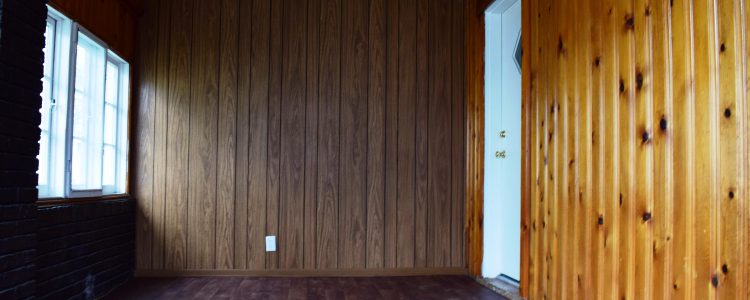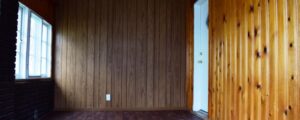One of the biggest questions real estate investors have (or at least should have), is how many finishing touches and add ons they should give a remodel.
There are many factors which play into this. Some standard finishes will differ based on your particular market. Others should be different based on what the tradition and market history is locally, and the price point of your property and surrounding properties. All of these factors can be make or break when you are trying to turn a profit on your properties.
The Danger of Over-Improving Property
One of the biggest dangers of investing in real estate is over-improving your investment properties. It is the number one pitfall for first time investors. First timers often sink way too much money to over improve a rental property, and often times, they never get any return on the investment. Unfortunately, many investors just don’t know what really adds tangible value to their properties. Being smart and sensible with your value adds can be major when it comes to turning a profit.
When it comes to buy and hold rental properties, it should be attractive to your level of prospective renters. Keep in mind the type of perspective tenant you are looking to attract, and what kind of amenities they need and do not need. Listen to what the market is telling you. But many times landlords must remember that tenants are going to put some wear and tear on the property, and chances are a lot of updates are going to have to be done every time you turn tenants. It could be in 6 months, or 24 months. You just don’t know. So, instead of going all out, especially on items which are easily dirtied or worn, go for slightly more affordable options, and more durable finishes. For example; carpet which can be cleaned, instead of tile which may need to be completely replaced if it is cracked. Or stainless steel sinks, versus custom materials which can stain.
This approach applies to flips as well. You’ve got to know what really adds value, and not do any more than that. You’ve also got to know your buyers. Will they be renting the place out? Then stick to the above principles. In most cases, end buyers are going to have different tastes to you. That means no matter how nice you make it, they are likely to redo a lot of your work. Why put in unique, over the top finishes, if they are going to be pulled out and thrown on the curb a week after closing? They also aren’t going to pay you more, just because you think the design is nicer. Many tenants have a set range for the rent they are wiling to pay, and special add ons do not always help move that needle. Just because you spent a few dollars more per square foot on counter tops and flooring, doesn’t mean you’ll get an extra dollar on the sales price.
What’s Your MVP?
What investors need to know is what their MVP is. That is the Minimum Viable Product. That doesn’t mean be cheap. Do it right, make it look nice, but don’t throw away money. Otherwise you may have to sell at a loss, may not be able to sell at all, or are going to be making a lot less than you thought. You need floors, a roof, countertops, cabinets, bathroom fixtures, and freshly painted walls, but you don’t have to try and win any design awards. Basic countertops will work in most rentals. If you are doing a luxury renovation, you might get away with poured concrete or granite, instead of quartz. You can let the next buyer or renter get their own fridge, or stage it with a basic model, versus spending thousands on a smart fridge which may not be the right model your buyer wants.
Know what the minimum standard expected by local buyers and renters is. You can go a little bit above that if you want to move it faster, if you can get a good deal on the materials. But don’t overdo it.
There is a lot of confusion around what standard rentals and house flips should be finished too. It is also an area which can make or break investors fast. Know your values, and consult an actual appraiser, not just a Realtor to find out. Then set your own standard minimums based on your area, while looking out for deals on slightly higher quality, but neutral materials.



